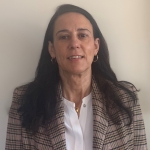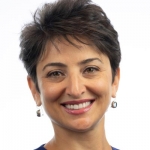All Posts

I previously wrote about how to understand standardized regression coefficients in PROC REG in SAS. You can obtain the standardized estimates by using the STB option on the MODEL statement in PROC REG. Several readers have written to ask whether I could write a similar article about the STDCOEF option

I caught up with Mark Schneider, Advisory Product Manager here at SAS, about the future of SAS Grid and SAS Viya.
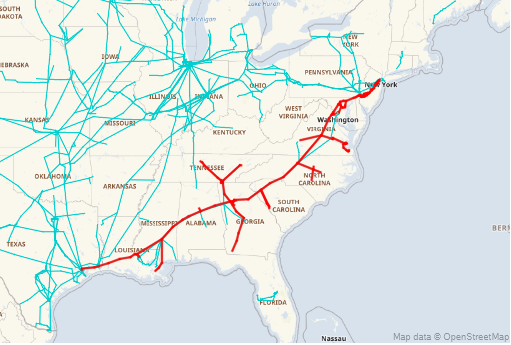
Here in the US, the pipeline which supplies gasoline to North Caroline (and much of the southeast) was hacked, and had to be shut down for several days. This caused gasoline shortages, and long lines at the gas pumps (as shown in the picture below, by my friend Daniel). But

It’s not too late to register for Tuesday’s (May 18) SAS Global Forum kickoff. And there are so many online sessions it’s going to be hard to choose which to attend. Business and analytics experts are leading dozens of virtual session for industries, from agtech, banking and financial services, goverment,

Más de un año después de que la Organización Mundial de la Salud declarara la pandemia de COVID-19, se han superado los 150 millones de casos confirmados y hemos llegado a más de tres millones de muertes a nivel global a causa de esta enfermedad. A corto plazo la perspectiva

Lake Superior is the largest freshwater lake (by surface area) in the world. And its largest island is Isle Royale. And its largest lake is Lake Siskiwit. And its largest island is Ryan Island. Ryan Island's largest (seasonal) pond is called Moose Flats. And it contains an 'island' (or a

It’s almost time for another SAS Global Forum, and this year even I’m surprised by the range of topics and experiences available for attendees. With the conference theme of “New day, new answers, inspired by curiosity,” you probably guessed we’ll be talking about analytics and pandemic recovery. And, of course,

The COVID-19 pandemic forced government agencies to accelerate digital transformation efforts, and the Internal Revenue Service (IRS) was no exception. The IRS was already in a significant transition period, spurred by the Taxpayer First Act, which was signed into law in July 2019. The Act was designed to improve the

The basic sheet pan never ceases to amaze me. It’s a kitchen essential I couldn’t live without and continues to revolutionize the way I prepare meals for my family. Yes, it’s great for one pan meals (hands-off cooking and simple clean up, sign me up!) but it can also do some

You can standardize a numerical variable by subtracting a location parameter from each observation and then dividing by a scale parameter. Often, the parameters depend on the data that you are standardizing. For example, the most common way to standardize a variable is to subtract the sample mean and divide
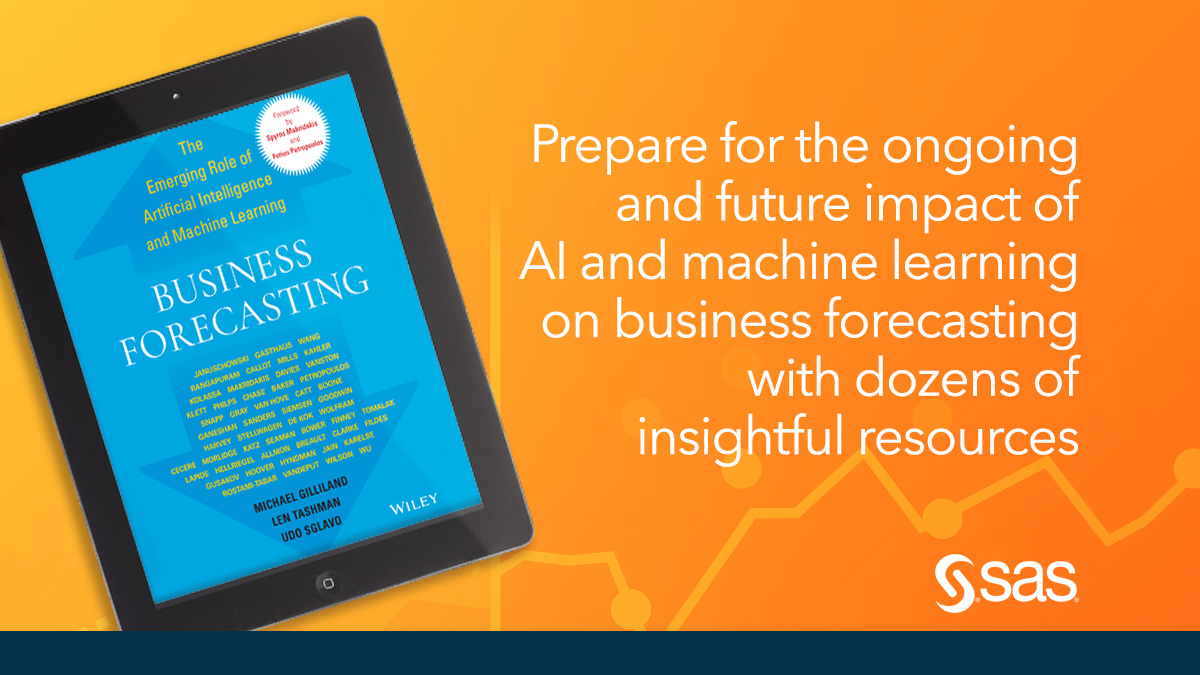
With my collaborators Len Tashman (Editor of Foresight) and Udo Sglavo (VP of Analytics R&D at SAS), we are happy to announce the release of our new collection, Business Forecasting: The Emerging Role of Artificial Intelligence and Machine Learning (Wiley, 2021). Building upon our previous collection Business Forecasting: Practical Problems and

The 10th edition of this series puts the spotlight on two organizations at which I had the pleasure of helping to teach students the humble beginnings of data, analytics and data visualization: Avans and HAN (Hogeschool van Arnhem en Nijmegen). My sources for this post are Gerben Muller, who initially

It’s safe to say that SAS Global Forum is a conference designed for users, by users. As your conference chair, I am excited by this year’s top-notch user sessions. More than 150 sessions are available, many by SAS users just like you. Wherever you work or whatever you do, you’ll

Early in her career, a mentor gave Dawnté Early some career advice that would ultimately change her life. “If you can learn how to analyze and dig into your own data, instead of paying others to do it for you, you’ll be able to do your own research and write
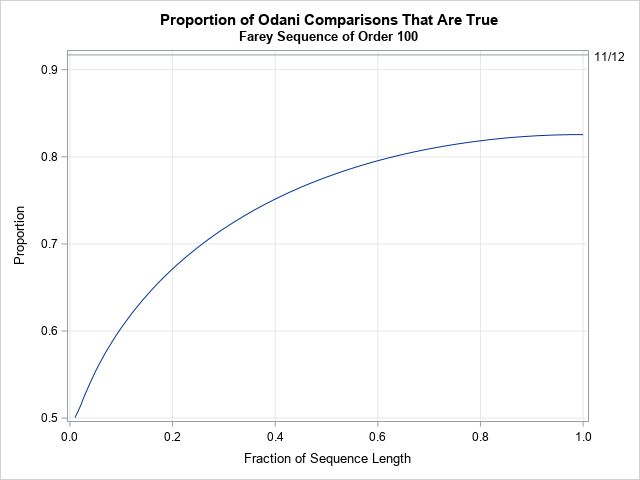
Odani's truism is a mathematical result that says that if you want to compare the fractions a/b and c/d, it often is sufficient to compare the sums (a+d) and (b+c) rather than the products a*d and b*c. (All of the integers a, b, c, and d are positive.) If you




